Tell me another Tale, Grandpa!
Over the past few years, the JRPG as a genre has been extremely hit or miss; games like the Persona series have brought new life, but what we think of as the “standard” JRPG hasn’t evolved much. When they’re done well, they go down in the history books as some of the greatest titles of all time—Persona 4, the Lunar titles, insert your favorite Final Fantasy—but lately it seems that level of “Holy crap. everybody should play this!" has been missing. Enter the Tales Of series, which has been consistently both popular with hardcore fans and, more importantly, has been consistently solid experiences.
The story within Tales of Hearts R is straightforward: the main character, a teenage boy, discovers a girl in his backroads hometown, who along with her brother is being chased by an evil witch, who when caught, breaks said-girl’s heart into a bunch of pieces and scatters them across the world. The boy then feels responsible for the girl (who’s rendered emotionless because each heart piece, or piece of her Spiria, is a different emotional state) and joins forces with her brother to get the pieces back. And his grandpa, the guy who taught him everything he knows, inspires him to fight to save the heart of this girl he’s just met. Oh, and to top it off, the church and army are fighting over control of the kingdom they all live in.
So to call Tales of Hearts R a JRPG standard would be "polite." I would call it “copying the playbook verbatim," but that’s probably because I’m a critic and need to point out things like that. Yes, it’s a standard story, and finding the pieces requires fighting the inner-demons of the people who have unwillingly accepted them, but it’s the writing that does stand above the average trope. There are tons of little jokes throughout the world, everything from misspoken words to characters jabbing at each other (when done at certain points, it actually raises their interpersonal standing, which can unlock additional attacks and upgrades). Not all of them are laugh-out-loud funny, but it’s more interesting than expected overly-serious discussions.
The story does move at a nice clip, with wide, open environments between each town that can be explored and that have monsters to grind experience, but generally speaking each town can be easily located and reached without hours of wandering in the wilderness without a clue as to the direction necessary to go. Wandering is fine, but the feeling of not getting lost is key, and barring the occasional wrong exit (some areas have multiple exits that can be confusing at times), everything moves along in brisk fashion, which makes for a great and easy entry into the genre as a whole. Anybody wondering about what RPG they should start with can do worse than ToHR.
Battles are better than your average mash-fest of an action-RPG, where you only control one character at a time while allowing your companions to do some of the heavy lifting too. It’s easy to find a rhythm of a few attacks that work well in almost every situation. What breaks up that monotony is that after a certain number of attacks, enemies will grow red a moment and rush at the attacking character. If a player times their block correctly, the baddie does no damage, and the player starts right into a powered-up attack sequence, blending into intense battles and keeping players on their toes. True, minor battles are easily mashed through, but when the stakes are low, that’s just fine.
Powering up individual characters is a point-based system, an interconnected star of upgrading. Each point adds to some aspect of your character’s profile, providing a level of personal development into your team; while it’s nice to have, a number of upgrades and items can only be unlocked by upgrading multiple sections and forging connections between the star’s points. By answering correctly to questions throughout the story you can further unlock power-ups and weapons to deal more damage, preserve more health, and decide which weapons a character wields is really the best item for the whole team.
Unfortunately, it does appear as a slightly-upgraded look to an older game. True, this was originally released on the DS (Japan-only) which may explain some outdated appearance, but while it doesn’t take full advantage of the Vita’s hardware, that doesn’t mean it’s ugly, just outdated. When I first booted it up I was reminded of many other RPGs I’ve played on my PSP, only with some sharper visuals and a number of nice cutscenes. Thankfully the audio makes up for some of that, with a lot of solid Japanese voices on nearly everything dialogue bubble throughout. The music may be bland and reminiscent of even PSOne RPGs, but the voice acting and real anime-style cutscenes are a great touch.
Aside from some outdated appearance issues, JRPG cliches, and forgettable music, there isn’t anything terribly wrong with this game. The characters are charming, exploring is satisfying, the action is fast and engaging… this may not be the title that gets the Vita flying off of store shelves, but Tales of Hearts R is definitely worth adding to a pre-existing library. I may be one of the few still really happy with my PSP’s titles, but I’m growing quite fond of my PSP’s bigger little brother now.
Copy provided by publisher. Exclusive to PS Vita in North America.
-
Battles are fast and engaging
-
Characters, good and evil, are genuinely charming
-
Voice acting is constant and consistently quality
-
These feel like people... anime people, but still!
-
Could use a visual tune-up
-
Cliche JRPG story structure, straight from the playbook
Tales of Hearts R Screens
-
Tales of Hearts R Screens #1
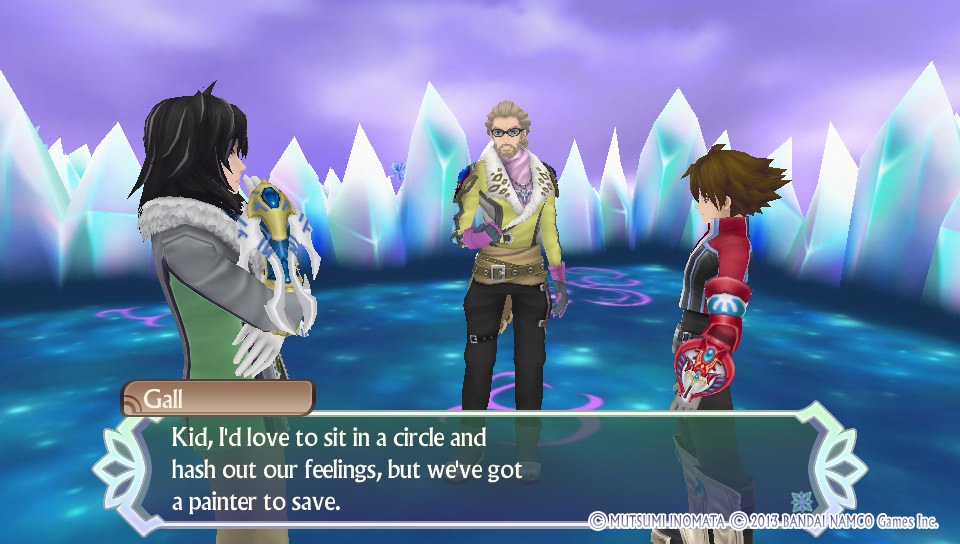 (Click to enlarge)rn
(Click to enlarge)rn -
Tales of Hearts R Screens #2
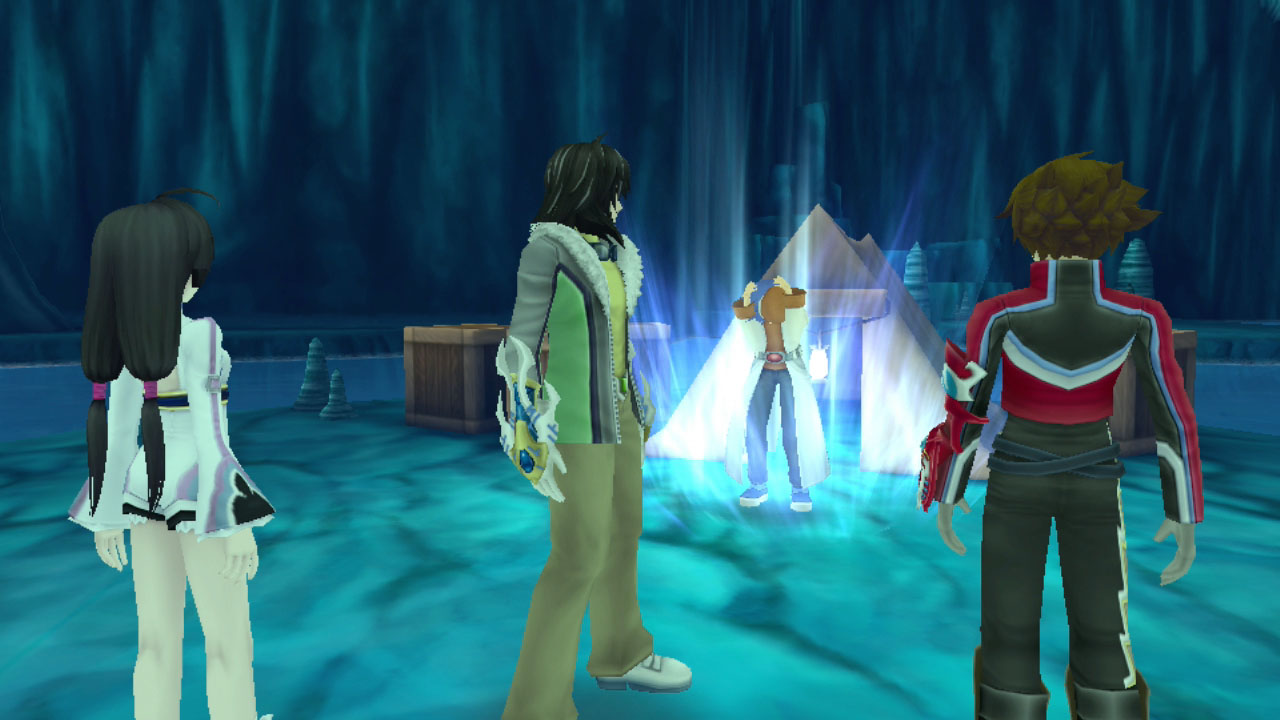 (Click to enlarge)rn
(Click to enlarge)rn -
Tales of Hearts R Screens #3
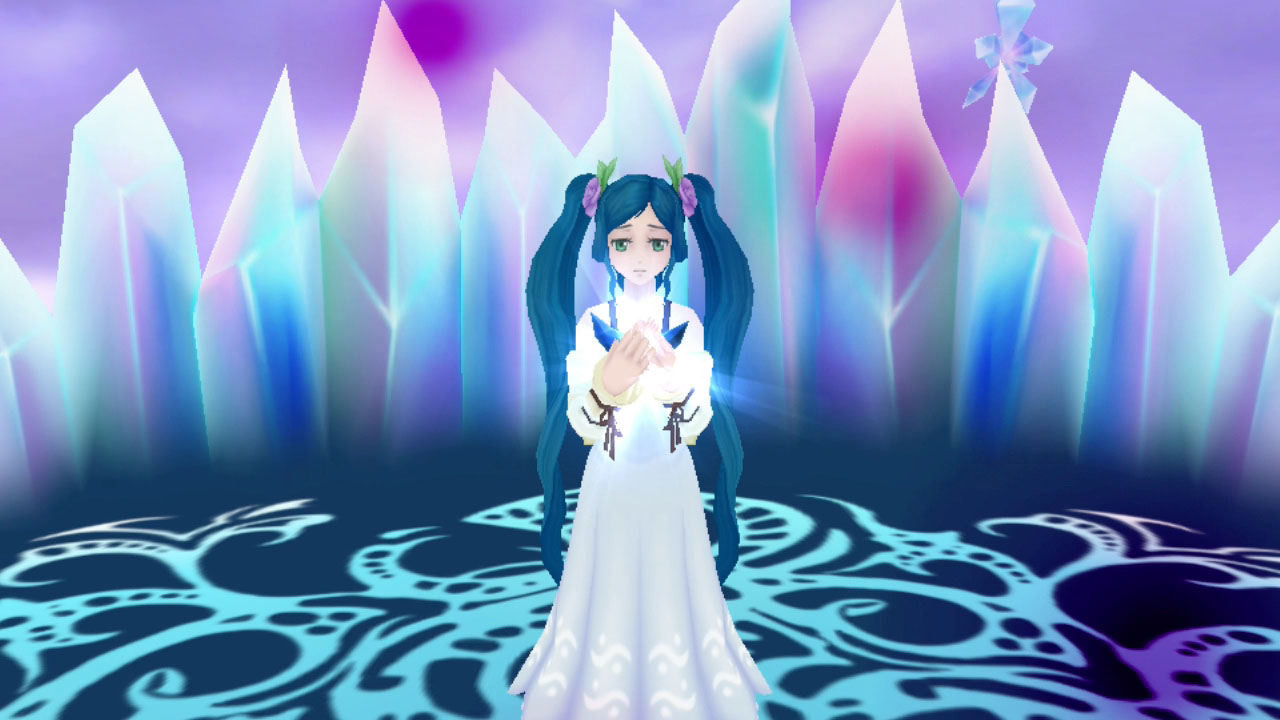 (Click to enlarge)rn
(Click to enlarge)rn -
Tales of Hearts R Screens #4
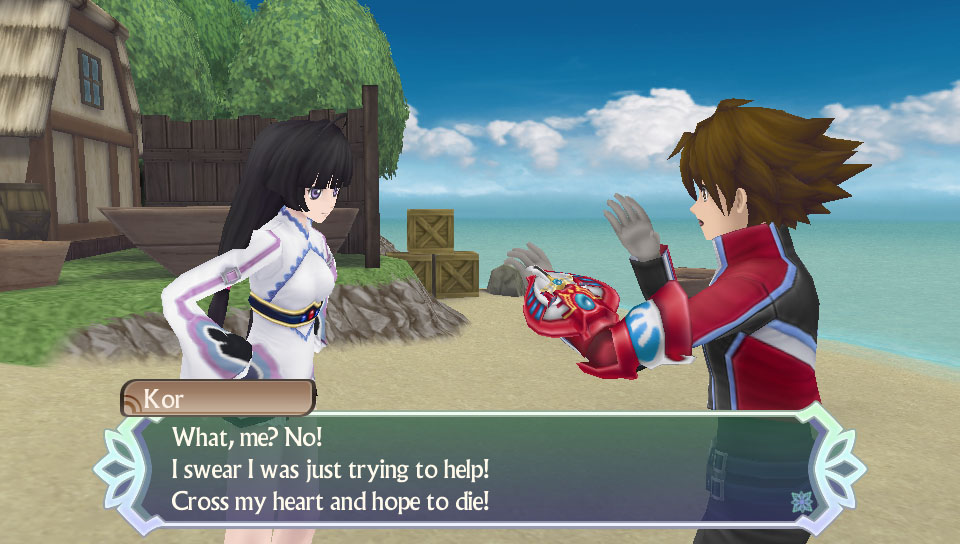 (Click to enlarge)rn
(Click to enlarge)rn -
Tales of Hearts R Screens #5
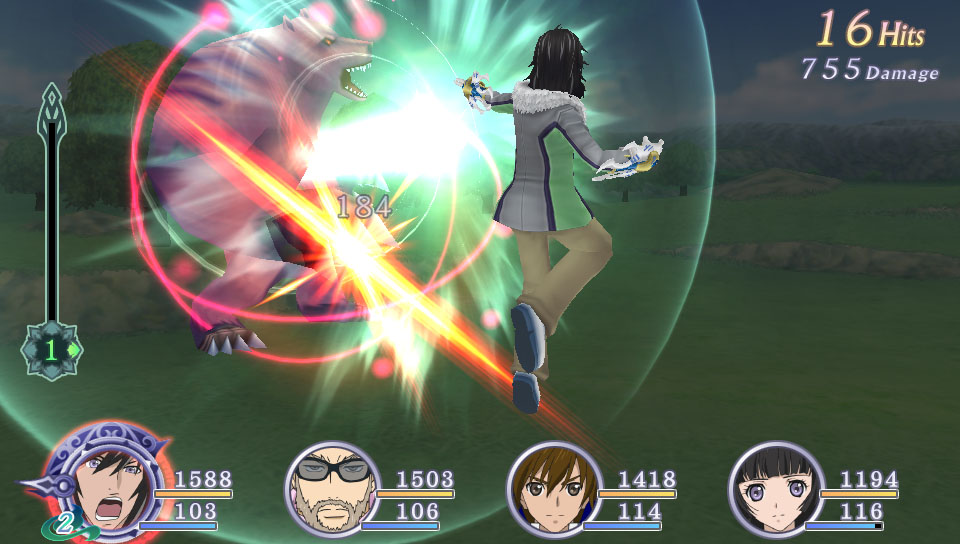 (Click to enlarge)rn
(Click to enlarge)rn -
Tales of Hearts R Screens #6
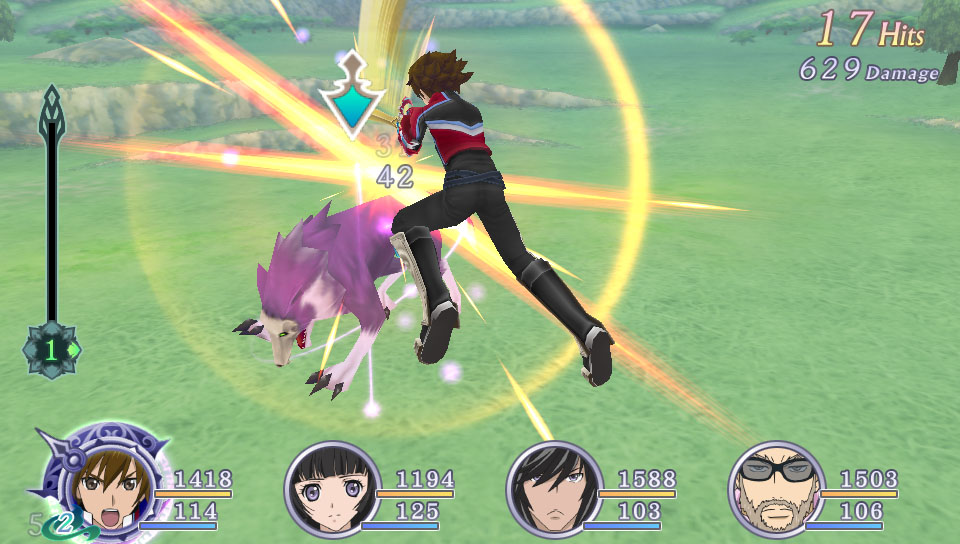 (Click to enlarge)rn
(Click to enlarge)rn -
Tales of Hearts R Screens #7
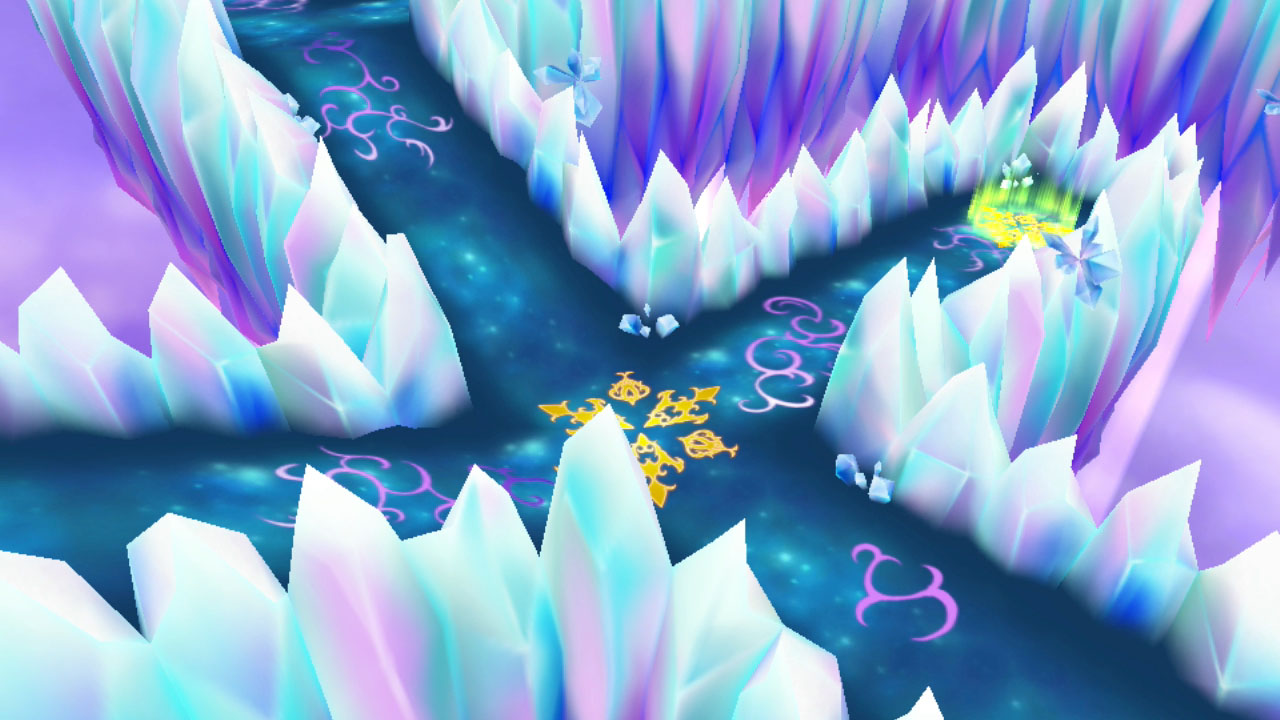 (Click to enlarge)rn
(Click to enlarge)rn -
Tales of Hearts R Screens #8
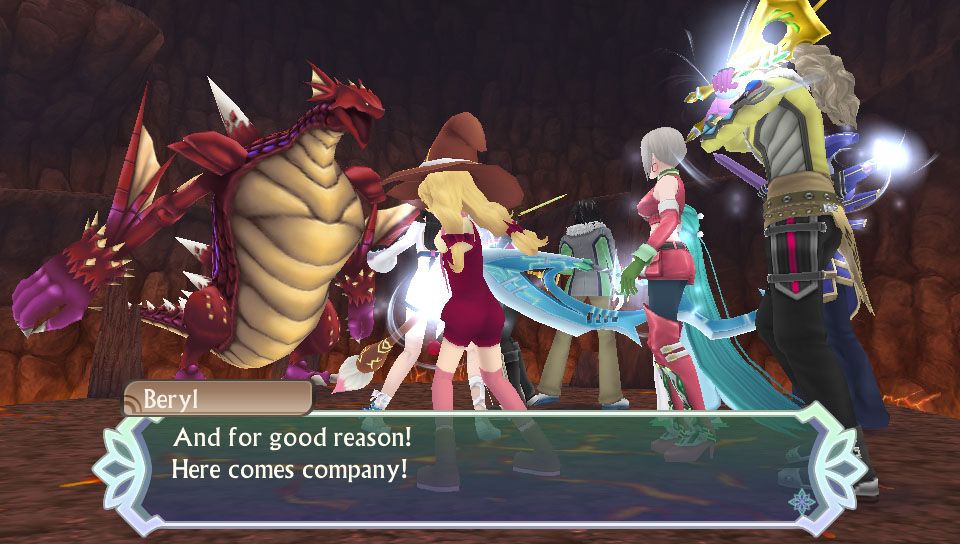 (Click to enlarge)rn
(Click to enlarge)rn -
Tales of Hearts R Screens #9
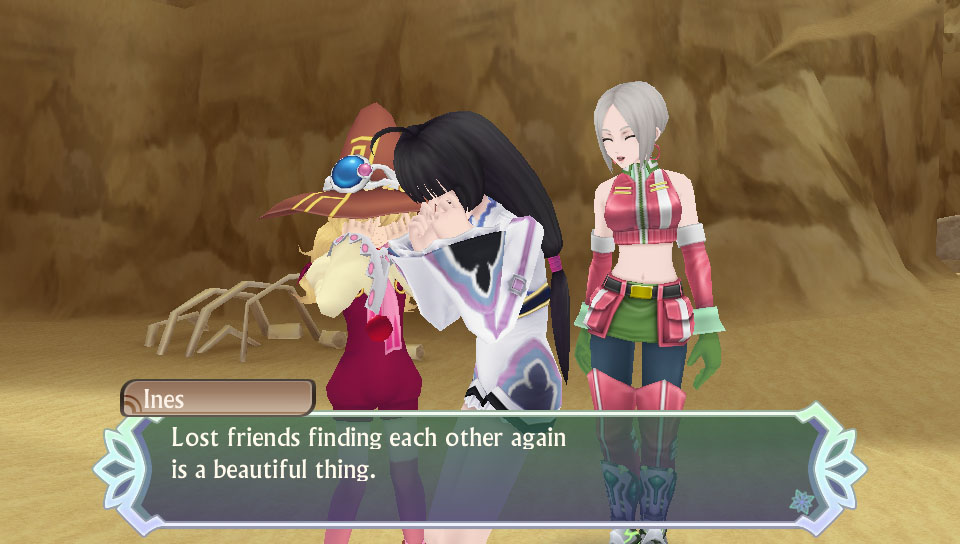 (Click to enlarge)rn
(Click to enlarge)rn -
Tales of Hearts R Screens #10
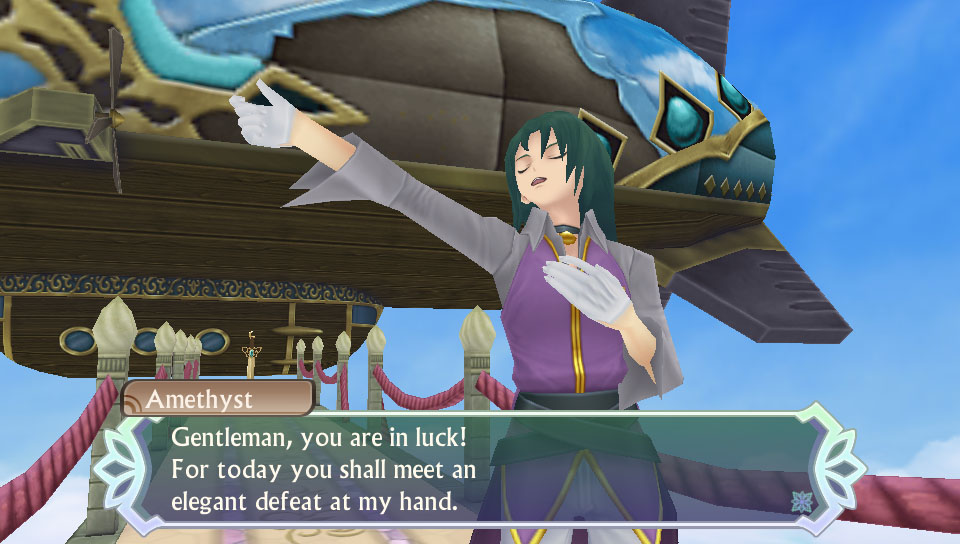 (Click to enlarge)rn
(Click to enlarge)rn -
Tales of Hearts R Screens #11
 (Click to enlarge)rn
(Click to enlarge)rn -
Tales of Hearts R Screens #12
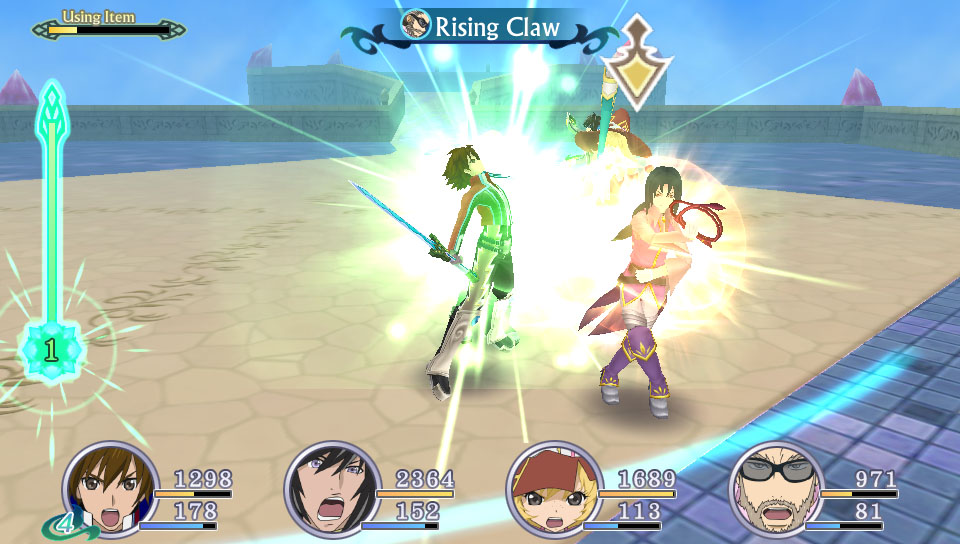 (Click to enlarge)rn
(Click to enlarge)rn -
Tales of Hearts R Screens #13
 (Click to enlarge)rn
(Click to enlarge)rn -
Tales of Hearts R Screens #14
 (Click to enlarge)rn
(Click to enlarge)rn







